Farmer with hoe
Oil on canvas, cm 86 x 69
With frame, cm 108 x 90
The realistic description, devoid of any idealization, of this man, probably a farmer as evidenced by the crumpled clothes he wears equipped with a shovel or hoe, refers to a pictorial trend that began to develop in the seventeenth century reaching its maximum expression in the following century.
It was the tendency to represent, with great attention to the truth, the lower social strata, from peasants to beggars, often taken up in their daily activities. At times such subjects could be vehicles of allegorical meanings and sometimes, as in the present case, the artists did not fail to trace the psychological profile, interweaving with the viewer a relationship of emotional sharing. This type of painting was inspired by Michelangelo Merisi, known as Caravaggio, who, with a desecrating tone, used to include in the religious episode the most humble people, depicted with an adherence to reality quite far from academic idealization. As is well known, Caravaggio did not have a real school, but many artists were closely influenced by him. Among these is Jusepe de Ribera, also known as Spagnoletto because of his origins and whose works he may have looked at the author of the painting in question, which shows the subject in the middle and in the penumbra. The Neapolitan matrix of the painting, fully confirmed by the particular emotional flaking that permeates the canvas, alludes at the same time to the solutions of the so-called Master of the Announcement to the Shepherds, active in the Neapolitan territory around the first half of the seventeenth century. The artist, who owes his name to the homonymous painting now kept at the museum in Birmingham, met the notoriety for the marked use of chiaroscuro, gloomy laid on the participants and no longer torn by a directional light as in Caravaggio.


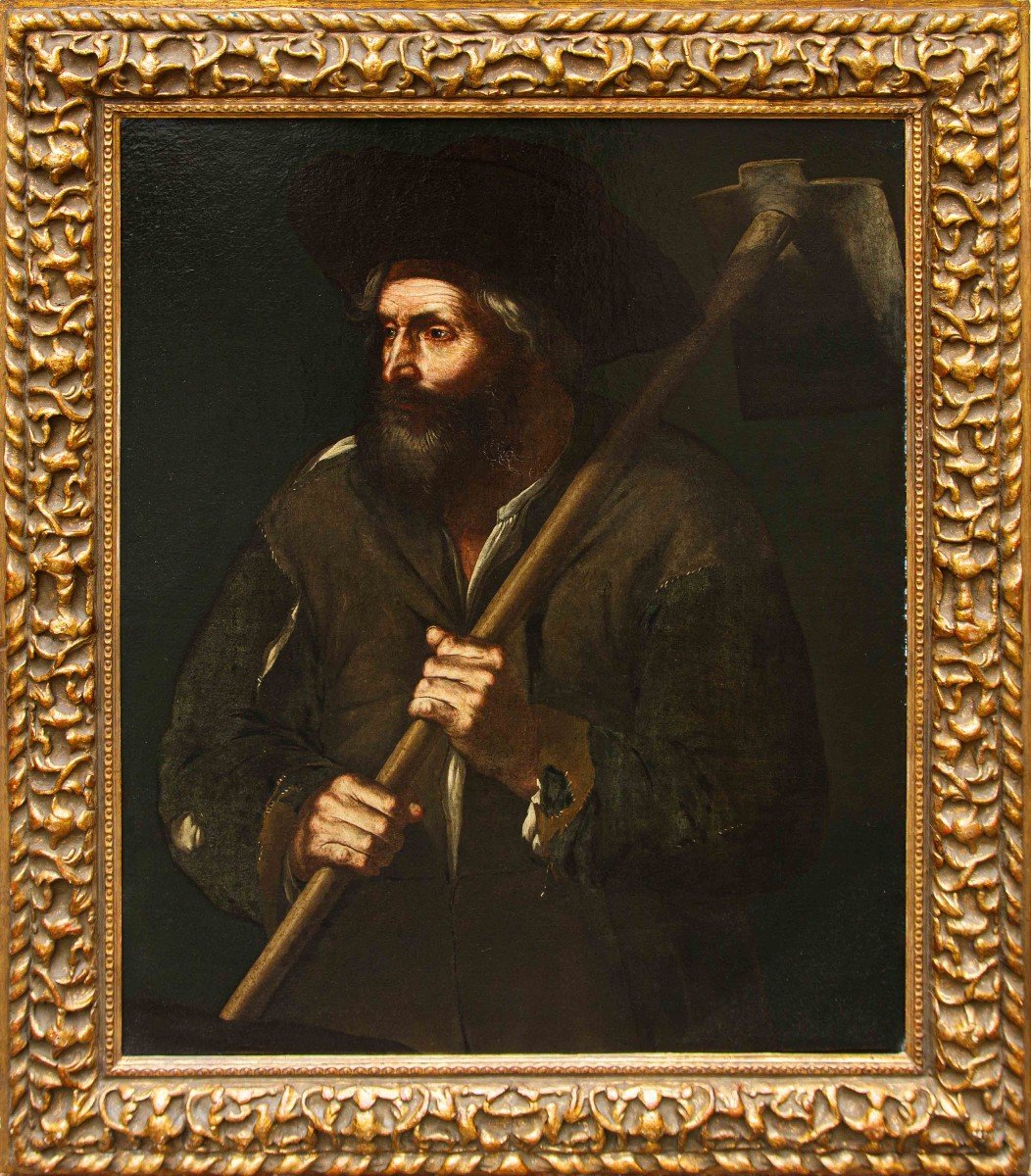

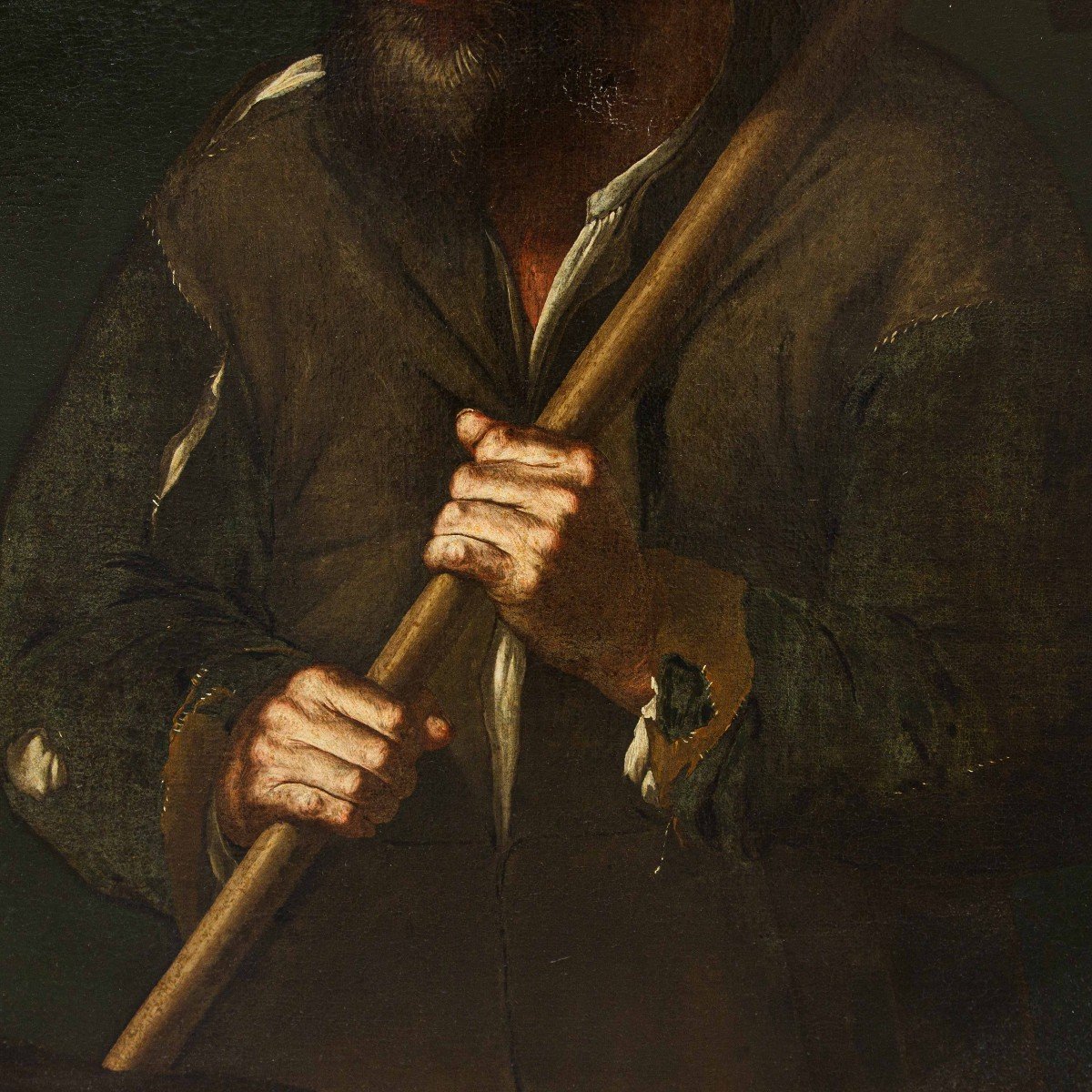


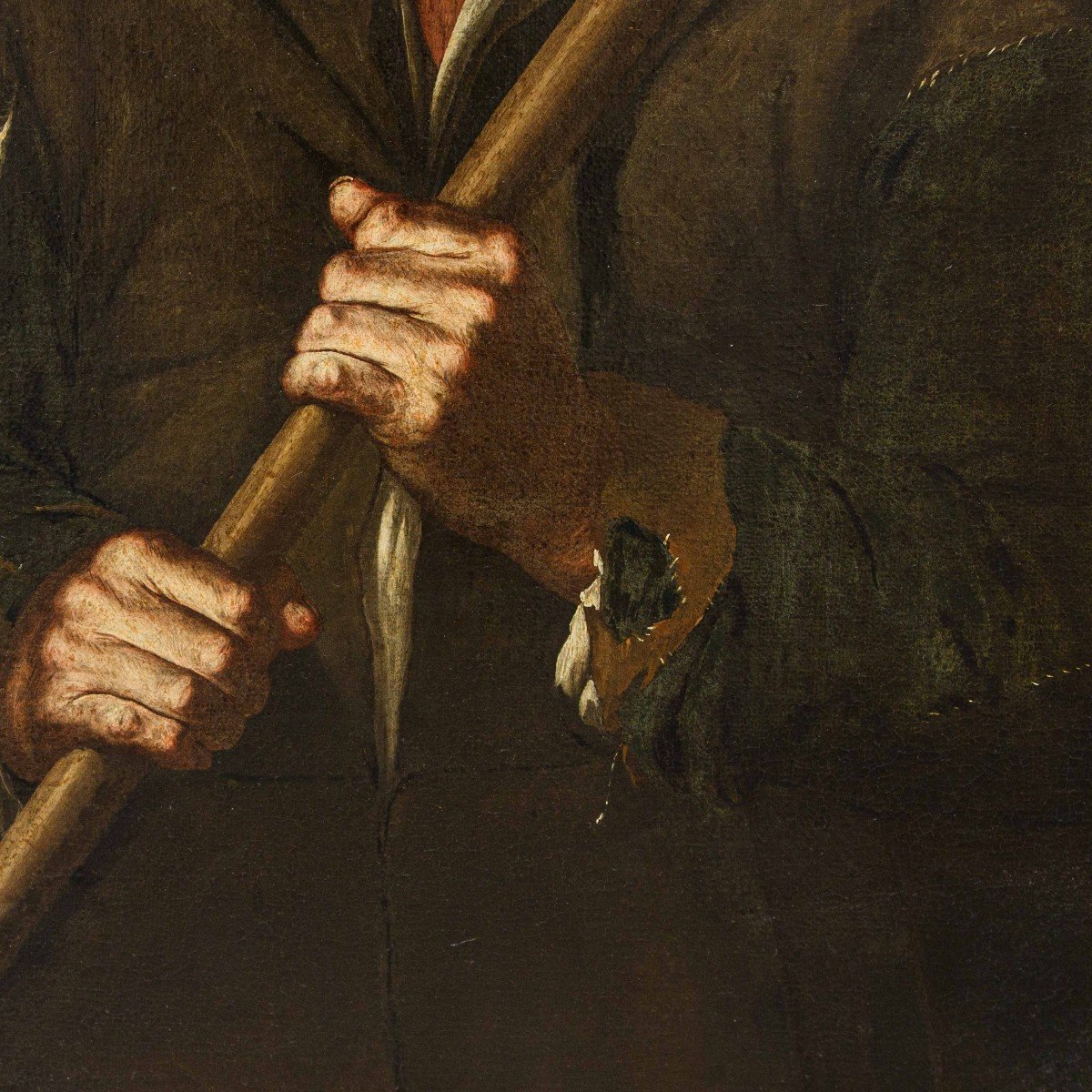


















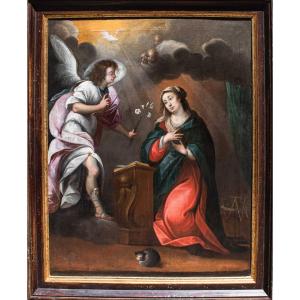

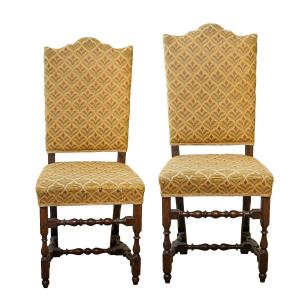



















 Le Magazine de PROANTIC
Le Magazine de PROANTIC TRÉSORS Magazine
TRÉSORS Magazine Rivista Artiquariato
Rivista Artiquariato